As we edge closer to summer, we will look back to the fancy homes and cottages of Peabody’s summer residents.
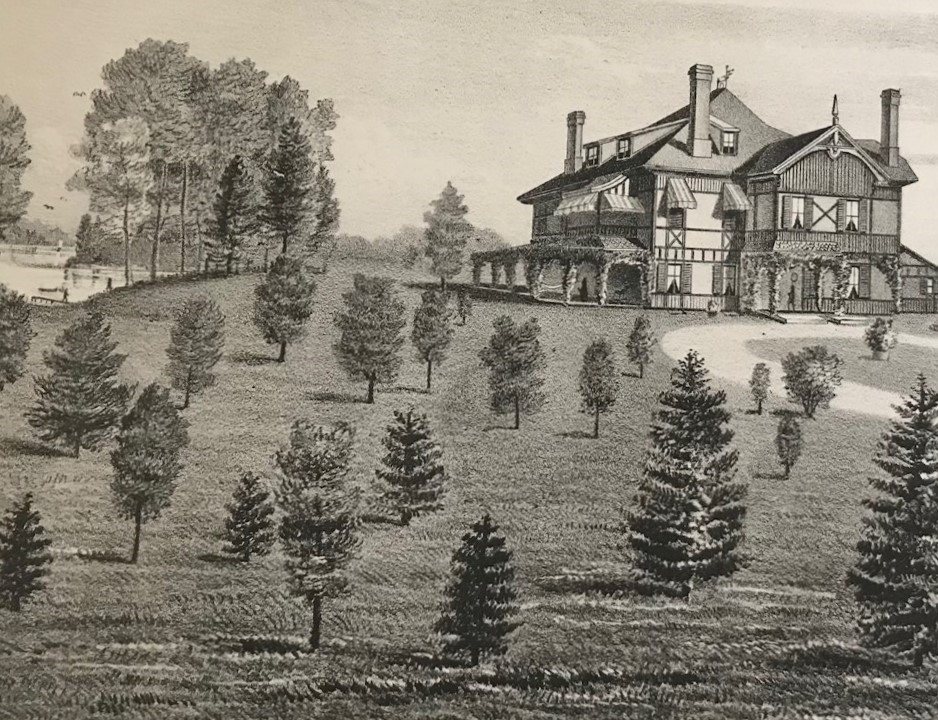
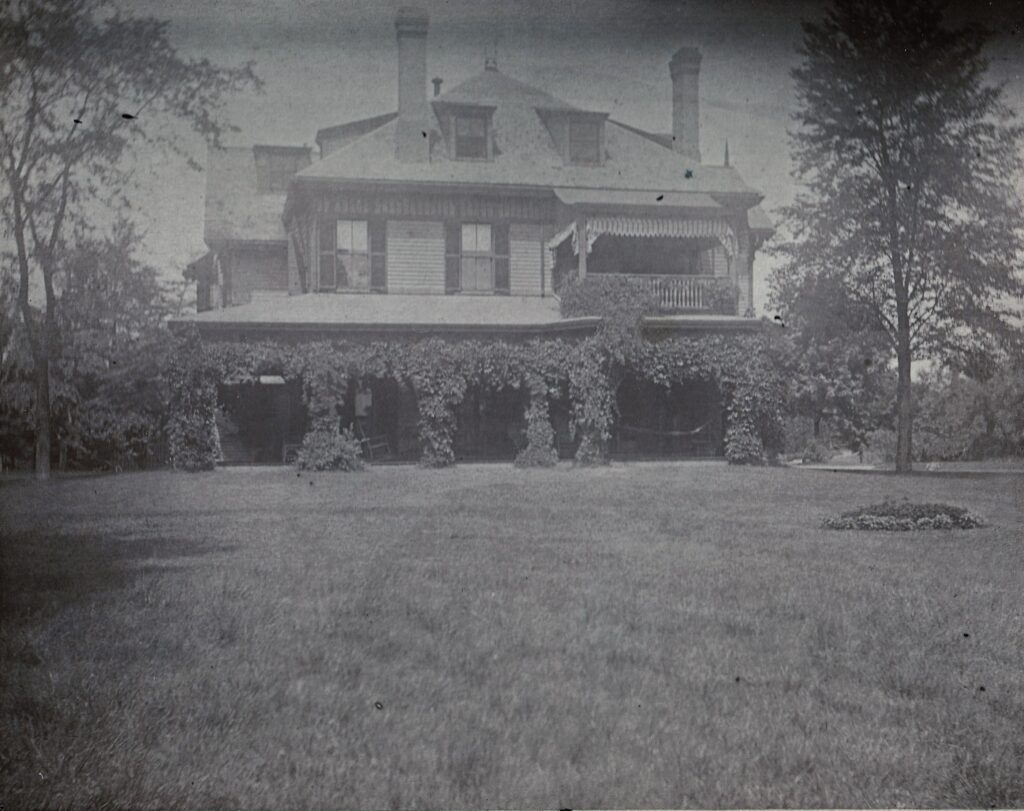
General Francis H. Appleton built his grand estate in 1874, on 260 acres along Suntaug Lake.
Appleton was best known as for his “fancy” farm. He was not a traditional farmer. He used his land to experiment and develop new, more efficient plants. He bred cattle and fowl. Appleton was president of the Essex Agricultural Society from 1892 to 1895 (later known as the Topsfield Fair). Unfortunately, his estate burnt down in 1897.
He later built a house at 5 Wheatland Street, off of Prospect Street. Today, the property is owned by the Carmelite Order.
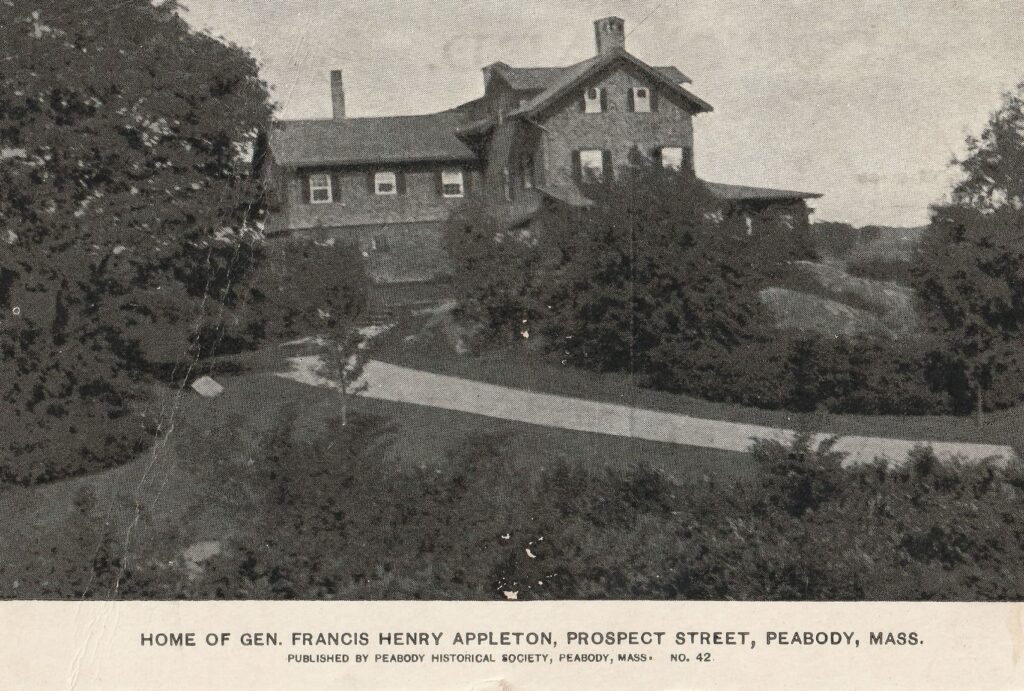
Henry Saltonstall, step-father to General Francis Appleton, also bought land on Suntaug Lake. Saltonstall, a member of the Boston Brahmin, was the treasurer of the Pacific Mills in Lawrence from 1880 to 1894. He was one of the largest tax payers in Peabody, and only resided here in the summer months. His beautiful mansion is still standing at 185 Lake Street. Guest quarters and much of the Saltonstall land is now part of the Puritan Lawn Memorial Park.
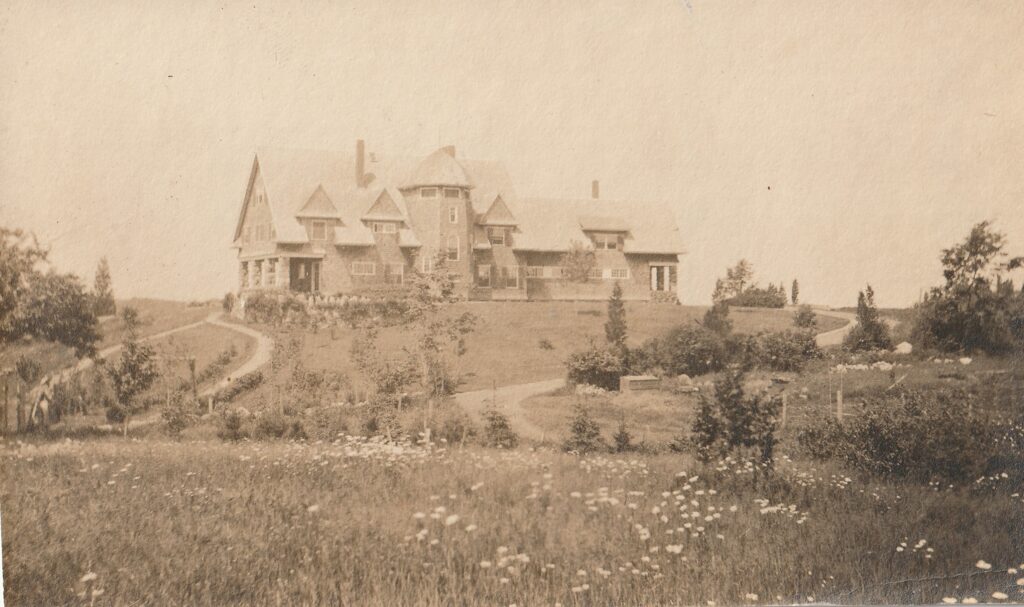
David Mason Little’s summer home “Windridge” was located on at Proctor’s Crossing. This shingle-style mansion was owned by the Little family from 1903 to 1923. The house was torn down and its location is today’s Corrine Street (off of Lowell Street, near Su Chang’s).
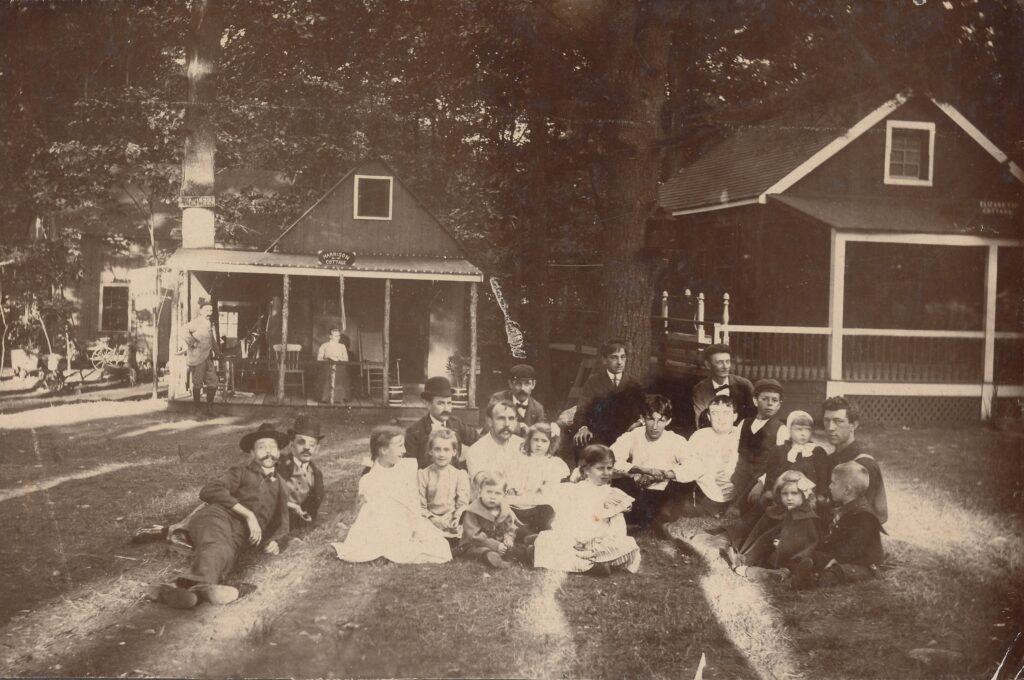
Peabody also offered summer fun for regular folks along its lakes and ponds in quaint cottages.
In the photograph to the left, a group of friends lounge in front of Hamilton Cottage along Bartholomew Pond in 1890.
Here’s to a restful, sunny summer!
Reference Material:
Archival Collection of the Peabody Historical Society and Museum
“Board of Agriculture” The Boston Journal, February 3, 1887.
“Obituary of Henry Saltonstall”, The Boston Herald, December 4, 1894.
John A. Wells, The Peabody Story, Essex Institute, 1972, Pages 76-77, 348, 360, 421.
